In the world of architecture and design, few materials can match the timeless elegance and lasting beauty of marble. Known for its luxurious appearance and durability, marble has been a popular choice for building facades for centuries. From ancient Greek temples to modern skyscrapers, the use of marble in facades adds a touch of sophistication and prestige to any structure. One of the most striking features of marble is its natural beauty. Each slab of marble is unique, with its own distinct veining and color variations that cannot be replicated by any other material. This natural variation gives marble facades a sense of depth and richness that is unmatched by synthetic materials. In addition to its beauty, marble is also highly durable and long-lasting. Unlike other building materials that may deteriorate over time, marble can withstand the test of time and maintain its original appearance for decades or even centuries.

.
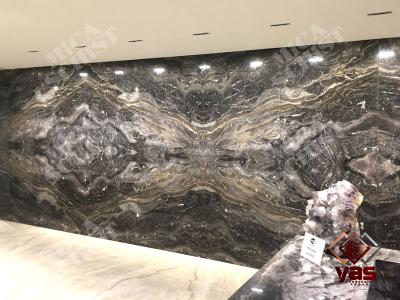 This durability makes marble an excellent choice for building facades, as it provides both aesthetic appeal and practicality. Another advantage of using marble for building facades is its versatility. Marble can be cut and shaped into a wide variety of sizes and configurations, allowing architects and designers to create custom facades that suit the unique style and aesthetic of any building. Whether used as cladding for an entire building or as a decorative accent on a smaller scale, marble facades can be tailored to meet the specific design requirements of any project. Marble is also a sustainable building material, as it is a natural stone that can be extracted from quarries in a responsible and environmentally friendly manner. Unlike synthetic materials that are manufactured using energy-intensive processes, marble is a renewable resource that can be harvested and used with minimal impact on the environment. When it comes to maintenance, marble facades are relatively easy to care for. Regular cleaning and sealing can help preserve the beauty and integrity of the stone, ensuring that the facade remains looking its best for years to come. With proper maintenance, a marble facade can retain its original luster and elegance, adding value to the building and enhancing its overall appearance. In addition to its aesthetic and practical benefits, marble facades also offer a number of functional advantages. Marble is an excellent insulator, helping to regulate the temperature inside a building and reduce energy costs. Its natural resistance to fire and heat makes it a safe and reliable choice for building exteriors, providing added protection and security for occupants. From a historical perspective, marble has long been associated with wealth, power, and luxury. Its use in building facades dates back to ancient times, when it was used to adorn the grandest structures of the Roman Empire and beyond. Today, marble continues to be a symbol of sophistication and refinement, with many of the world’s most iconic buildings featuring marble facades that reflect a sense of tradition and elegance. Whether used in traditional or contemporary designs, marble building facades have a timeless appeal that transcends trends and styles.
This durability makes marble an excellent choice for building facades, as it provides both aesthetic appeal and practicality. Another advantage of using marble for building facades is its versatility. Marble can be cut and shaped into a wide variety of sizes and configurations, allowing architects and designers to create custom facades that suit the unique style and aesthetic of any building. Whether used as cladding for an entire building or as a decorative accent on a smaller scale, marble facades can be tailored to meet the specific design requirements of any project. Marble is also a sustainable building material, as it is a natural stone that can be extracted from quarries in a responsible and environmentally friendly manner. Unlike synthetic materials that are manufactured using energy-intensive processes, marble is a renewable resource that can be harvested and used with minimal impact on the environment. When it comes to maintenance, marble facades are relatively easy to care for. Regular cleaning and sealing can help preserve the beauty and integrity of the stone, ensuring that the facade remains looking its best for years to come. With proper maintenance, a marble facade can retain its original luster and elegance, adding value to the building and enhancing its overall appearance. In addition to its aesthetic and practical benefits, marble facades also offer a number of functional advantages. Marble is an excellent insulator, helping to regulate the temperature inside a building and reduce energy costs. Its natural resistance to fire and heat makes it a safe and reliable choice for building exteriors, providing added protection and security for occupants. From a historical perspective, marble has long been associated with wealth, power, and luxury. Its use in building facades dates back to ancient times, when it was used to adorn the grandest structures of the Roman Empire and beyond. Today, marble continues to be a symbol of sophistication and refinement, with many of the world’s most iconic buildings featuring marble facades that reflect a sense of tradition and elegance. Whether used in traditional or contemporary designs, marble building facades have a timeless appeal that transcends trends and styles.
..
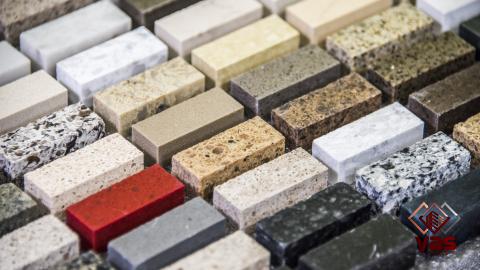 The beauty and durability of marble make it a popular choice for architects and designers seeking to create buildings that are both visually stunning and structurally sound. With its rich history and enduring aesthetic appeal, marble remains a top choice for building facades around the world. In conclusion, marble building facades offer a unique combination of beauty, durability, and functionality that make them a popular choice for architects, designers, and building owners alike. With their natural elegance, long-lasting quality, and sustainable properties, marble facades provide a timeless and sophisticated aesthetic that can enhance the visual impact of any structure. Whether used in historic landmarks or modern skyscrapers, marble facades continue to be a symbol of luxury and prestige that will never go out of style. The versatility of marble allows architects and designers to explore creative possibilities in facades that go beyond traditional applications. With advancements in technology and design techniques, marble facades can now be crafted in intricate patterns, shapes, and textures that push the boundaries of what is possible with this timeless material. From geometric designs to sculptural elements, marble facades can be customized to create one-of-a-kind architectural statements that captivate and inspire. One of the key factors that attract building owners and developers to choose marble for their facades is the investment value it brings to their properties. Marble is a material that not only enhances the aesthetic appeal of a building but also adds a sense of prestige and value. Buildings with marble facades tend to stand out in the urban landscape, commanding attention and admiration from passersby.
The beauty and durability of marble make it a popular choice for architects and designers seeking to create buildings that are both visually stunning and structurally sound. With its rich history and enduring aesthetic appeal, marble remains a top choice for building facades around the world. In conclusion, marble building facades offer a unique combination of beauty, durability, and functionality that make them a popular choice for architects, designers, and building owners alike. With their natural elegance, long-lasting quality, and sustainable properties, marble facades provide a timeless and sophisticated aesthetic that can enhance the visual impact of any structure. Whether used in historic landmarks or modern skyscrapers, marble facades continue to be a symbol of luxury and prestige that will never go out of style. The versatility of marble allows architects and designers to explore creative possibilities in facades that go beyond traditional applications. With advancements in technology and design techniques, marble facades can now be crafted in intricate patterns, shapes, and textures that push the boundaries of what is possible with this timeless material. From geometric designs to sculptural elements, marble facades can be customized to create one-of-a-kind architectural statements that captivate and inspire. One of the key factors that attract building owners and developers to choose marble for their facades is the investment value it brings to their properties. Marble is a material that not only enhances the aesthetic appeal of a building but also adds a sense of prestige and value. Buildings with marble facades tend to stand out in the urban landscape, commanding attention and admiration from passersby.
…
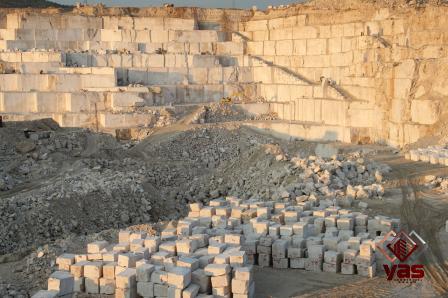 This visual impact can translate into increased property values and prestige, making marble facades a wise investment for those looking to create buildings that make a statement. Furthermore, the use of marble in building facades can also contribute to a sense of timelessness and permanence in a rapidly changing urban environment. As cities evolve and architectural styles come and go, buildings with marble facades serve as enduring landmarks that connect the past with the present. The classic beauty of marble transcends passing trends, ensuring that buildings with marble facades remain relevant and admired for generations to come. In terms of sustainability, marble is a natural material that offers several environmental benefits. Unlike synthetic materials that release harmful chemicals and pollutants during production and disposal, marble is non-toxic and recyclable. Furthermore, the extraction and processing of marble can be done in a way that minimizes impact on the environment, making it a sustainable choice for building facades. From a cultural perspective, marble has a rich heritage that is deeply intertwined with architecture and design. The use of marble in building facades has a long history that spans across continents and civilizations, from the ancient civilizations of Greece and Rome to the opulent palaces of the Renaissance. This legacy of craftsmanship and artistry lends a sense of tradition and legacy to buildings that feature marble facades, connecting them to a lineage of architectural excellence that has stood the test of time. In conclusion, marble building facades are a testament to the enduring appeal and versatility of this exquisite material. From its natural beauty and durability to its sustainable properties and cultural significance, marble offers a unique combination of qualities that make it a top choice for architects, designers, and building owners. Whether used in classic or contemporary designs, marble facades exude luxury, sophistication, and timeless elegance that elevate the visual impact of any building. By choosing marble for building facades, architects and designers can create structures that not only stand out in the urban environment but also embody a sense of lasting beauty and prestige that will be admired for years to come.
This visual impact can translate into increased property values and prestige, making marble facades a wise investment for those looking to create buildings that make a statement. Furthermore, the use of marble in building facades can also contribute to a sense of timelessness and permanence in a rapidly changing urban environment. As cities evolve and architectural styles come and go, buildings with marble facades serve as enduring landmarks that connect the past with the present. The classic beauty of marble transcends passing trends, ensuring that buildings with marble facades remain relevant and admired for generations to come. In terms of sustainability, marble is a natural material that offers several environmental benefits. Unlike synthetic materials that release harmful chemicals and pollutants during production and disposal, marble is non-toxic and recyclable. Furthermore, the extraction and processing of marble can be done in a way that minimizes impact on the environment, making it a sustainable choice for building facades. From a cultural perspective, marble has a rich heritage that is deeply intertwined with architecture and design. The use of marble in building facades has a long history that spans across continents and civilizations, from the ancient civilizations of Greece and Rome to the opulent palaces of the Renaissance. This legacy of craftsmanship and artistry lends a sense of tradition and legacy to buildings that feature marble facades, connecting them to a lineage of architectural excellence that has stood the test of time. In conclusion, marble building facades are a testament to the enduring appeal and versatility of this exquisite material. From its natural beauty and durability to its sustainable properties and cultural significance, marble offers a unique combination of qualities that make it a top choice for architects, designers, and building owners. Whether used in classic or contemporary designs, marble facades exude luxury, sophistication, and timeless elegance that elevate the visual impact of any building. By choosing marble for building facades, architects and designers can create structures that not only stand out in the urban environment but also embody a sense of lasting beauty and prestige that will be admired for years to come.
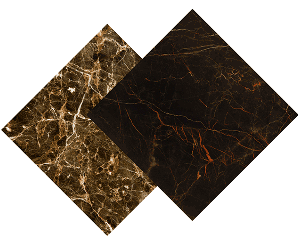
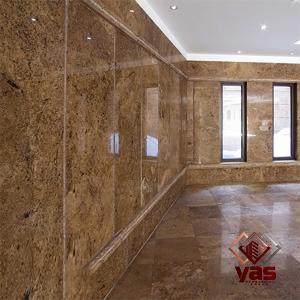
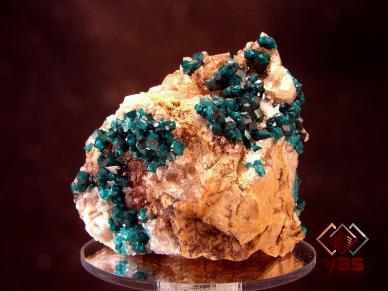
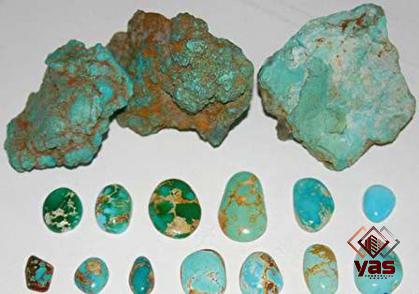
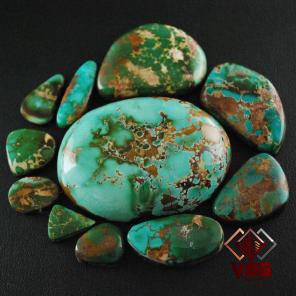

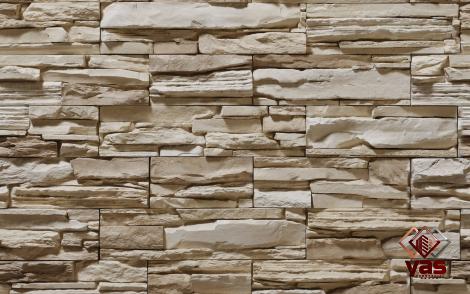
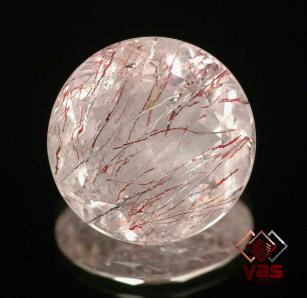
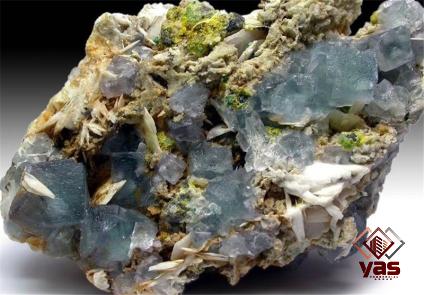
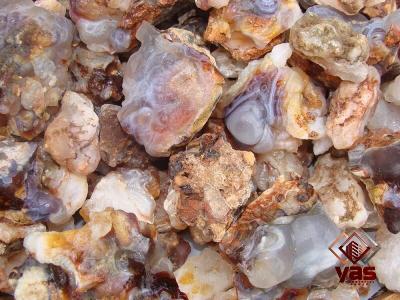
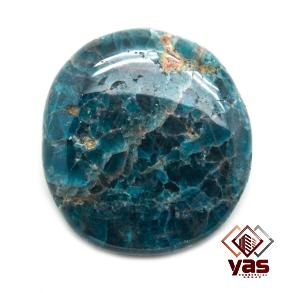
Your comment submitted.